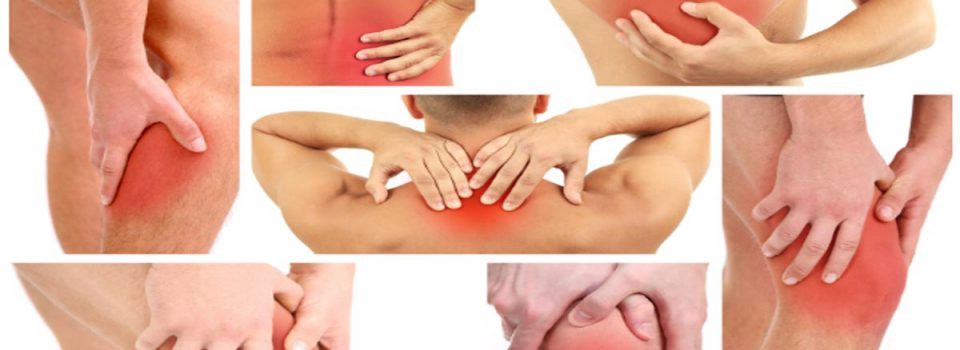A meniscus tear on the knee as a result of an injury to the knee is one of the most common knee injuries: So not only young athletes but also older patients are affected! In older patients, due to previous degenerative damage, a tear often occurs with only slight incorrect loading of the knee joint so one us advised to go to specialist orthopaedic centre.
A meniscus tear can therefore tear under various conditions. Typically, this happens when twisting the knee joint during sporting activities, but also under load, occasionally when getting up from a crouch: One feels an immediate sharp shooting and stabbing pain, which is sometimes accompanied by a blockage of the joint. Accompanying swelling of the knee joint can also occur. The pain is then typically aggravated when climbing stairs and when going down into knee bend. Night pain mostly in the inner joint also occurs.
A meniscus tear can also develop slowly and insidiously, i.e. without a sudden event. This happens when the joint is beginning to wear out in older patients: rather diffuse pain often occurs, but this usually occurs under stress, but here too sharp pain can occur suddenly and even lead to a blockage of the joint. During the initial examination, it must be assessed whether it is sufficient to relieve the joint for a short time and combat the pain with medication, or whether the painful knee needs further clarification. If the suspicion of a meniscus tear is confirmed by the medical examination, magnetic resonance imaging MRI is performed in the vast majority of cases.
As a rule, the arthroscopy of the knee joint is performed under spinal anesthesia spinal cord anesthesia. This has the advantage that the procedure can be followed on the monitor and afterwards there is a pain-free phase lasting several hours. In addition to spinal anesthesia, you can also give a sleeping pill if you do not want to watch or even undergo general anesthesia. The choice of the most suitable type of anesthesia is determined in a preliminary discussion with the responsible anesthetist and the patient. During knee arthroscopy, an arthroscope and several instruments are inserted into the knee joint through three small incisions.
The torn part of the meniscus is examined with a tactile hook, then the damaged parts of the meniscus are removed with various instruments:
In isolated cases, especially in very young patients, the meniscus is sutured again if technically feasible; however, post-treatment is much more complex in these cases. After an arthroscopy of the knee joint, rest and relief for a few days is necessary. Pain and swelling after the procedure may persist for a few weeks, depending on the situation, but will go away over weeks. In the case of a meniscus suture, on the other hand, the pressure must be relieved for around four to six weeks.












